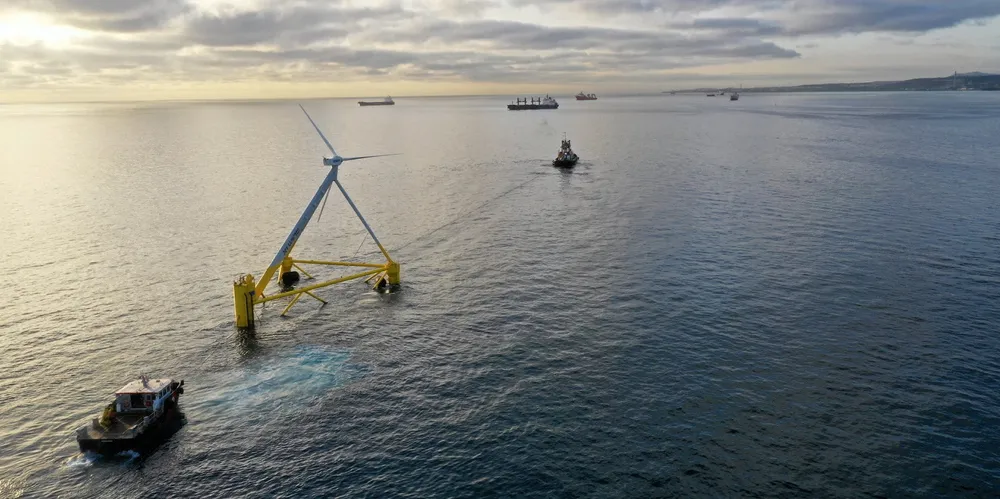X1 Wind prevails as Pivotbuoy floating wind prototype moored for switch-on in Atlantic
Spanish start-up installs part-scale version of innovative next-generation design off Canary Islands as commercial-scale projects gather momentum in European deepwater
